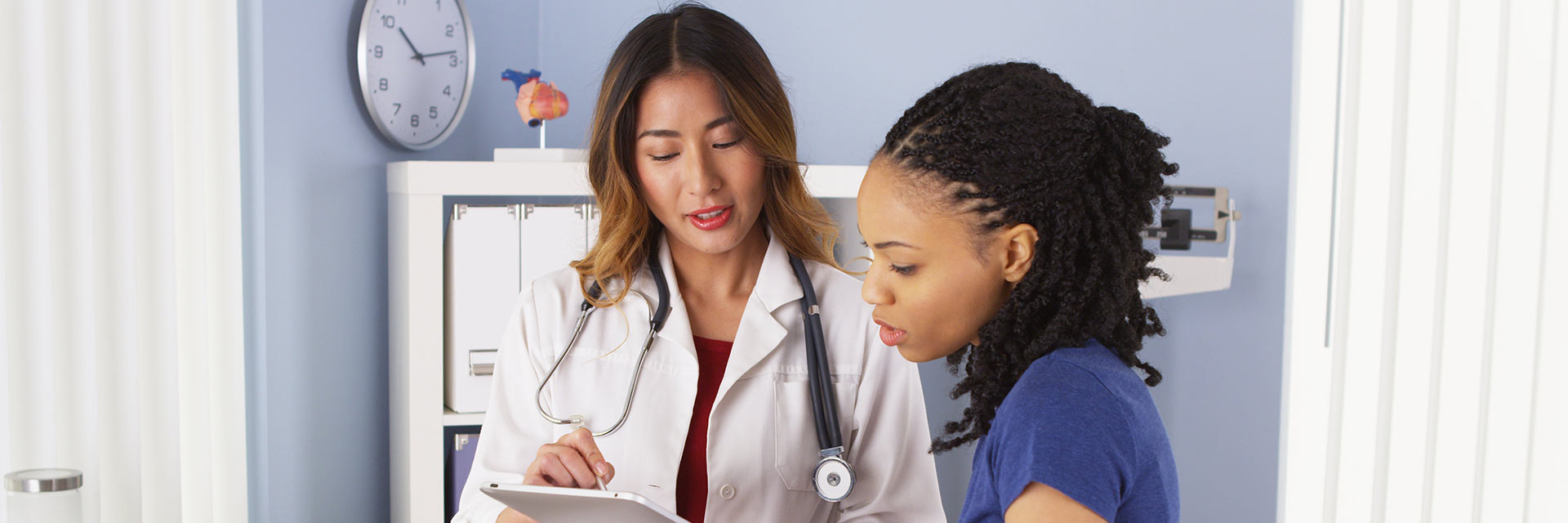Your body is made to make sugar known as glucose to be stored and used as fuel for your cells. That fuel is what gives you energy to live a healthy life. In people who have Type 1 diabetes, though, the body makes little or no insulin — the hormone that moves sugar into cells. Without insulin, there’s no storage of the sugar your body needs for energy. Instead, the sugar builds up in the blood, causing hyperglycemia (high blood sugar).
Type 1 diabetes is thought to be an autoimmune disorder. That means your immune system, which normally protects your body, turns on you by destroying healthy tissue and cells. In the case of Type 1 diabetes, an infection or other trigger causes the immune system to attack the cells of the pancreas where insulin is made.
Although it can occur at any age, Type 1 diabetes is most often seen in children, adolescents or young adults. That’s why it is sometimes known as juvenile diabetes. Unfortunately, more people are being diagnosed with the disease every year. The 2020 National Diabetes Statistics Report from the Centers for Disease Control and Prevention (CDC) cites that in the U.S., Type 1 diabetes diagnoses included 1.4 million adults 20 years and older and 187,000 children younger than 20. That’s nearly 1.6 million Americans living with the disease, up from 1.25 million people (or nearly 30 percent) from 2017.
Risk factors and triggers for Type 1 diabetes are thought to include:
- Family history, although a family history of gestational diabetes or Type 2 diabetes are not indicators of Type 1 diabetes
- Viral infections
- Changes in our environment
- Age
What does not cause Type 1 diabetes:
- Diet
- Lifestyle and activity level
Source: Juvenile Diabetes Research Foundation
How do you know if you or a loved one have Type 1 diabetes?
The first signs are usually a feeling of being very thirsty or tired, or experiencing numbness or tingling in your hands or feet. You may also lose weight without trying. If your blood sugar is very high (hyperglycemic), your body can’t use sugar for energy and will start using fat instead. This leads to a condition called diabetic ketoacidosis, which is a very serious condition. You may notice a fruity odor on your breath, like you've just eaten a fruit salad. Your breathing will get faster, and you may feel sick to your stomach or have stomach pains.
The onset of symptoms can be very sudden with Type 1 diabetes. This differs from Type 2 diabetes, where symptoms tend to come about over time or not at all.
Your doctor will test your blood sugar level to find out if you have diabetes using a fasting blood glucose test. This is done when you have not had anything to eat or drink (except for water) for at least eight hours.
An A1C test may be performed instead to measure your average blood glucose level for the past two to three months. Additional testing is needed to determine if you have Type 1 diabetes, specifically, and may include a C peptide test or testing for antibodies.
Because Type 1 diabetes can start quickly and the symptoms can be severe, you may need to stay in the hospital after your diagnosis until the disease stabilizes and you learn how to take insulin. Having Type 1 diabetes means using insulin every day to replace what your body doesn’t make. Insulin is necessary to lower your blood sugar by allowing it to leave the bloodstream and enter your cells. Thus, the name insulin-dependent diabetes is sometimes given to the disease.
Managing the disease means measuring your blood sugar levels through finger pricks, ideally at least six times a day, or by wearing a continuous glucose monitor that can be connected with an insulin pump. The key to finding the right way to manage Type 1 diabetes with insulin lies in working with your health care provider to uncover what works best for you.
Knowing what to eat is part of the management process as well. Different foods affect your blood sugar so figuring out how to balance insulin and diet within your daily routine is important. The American Diabetes Association offers diabetes-friendly foods and eating plans to help you feel your best. Texas Health is here to also help you balance your medication(s) and stick to a daily exercise routine and meal plan.

